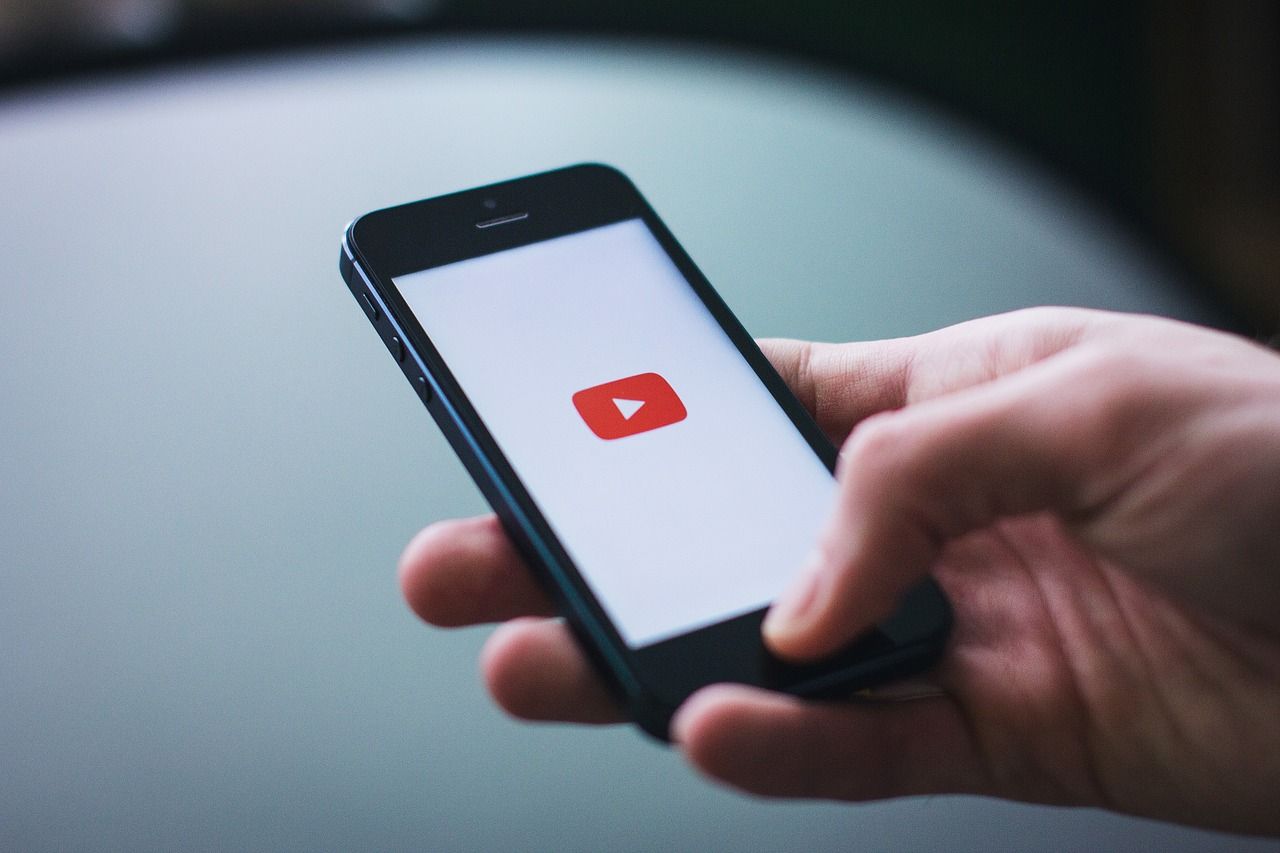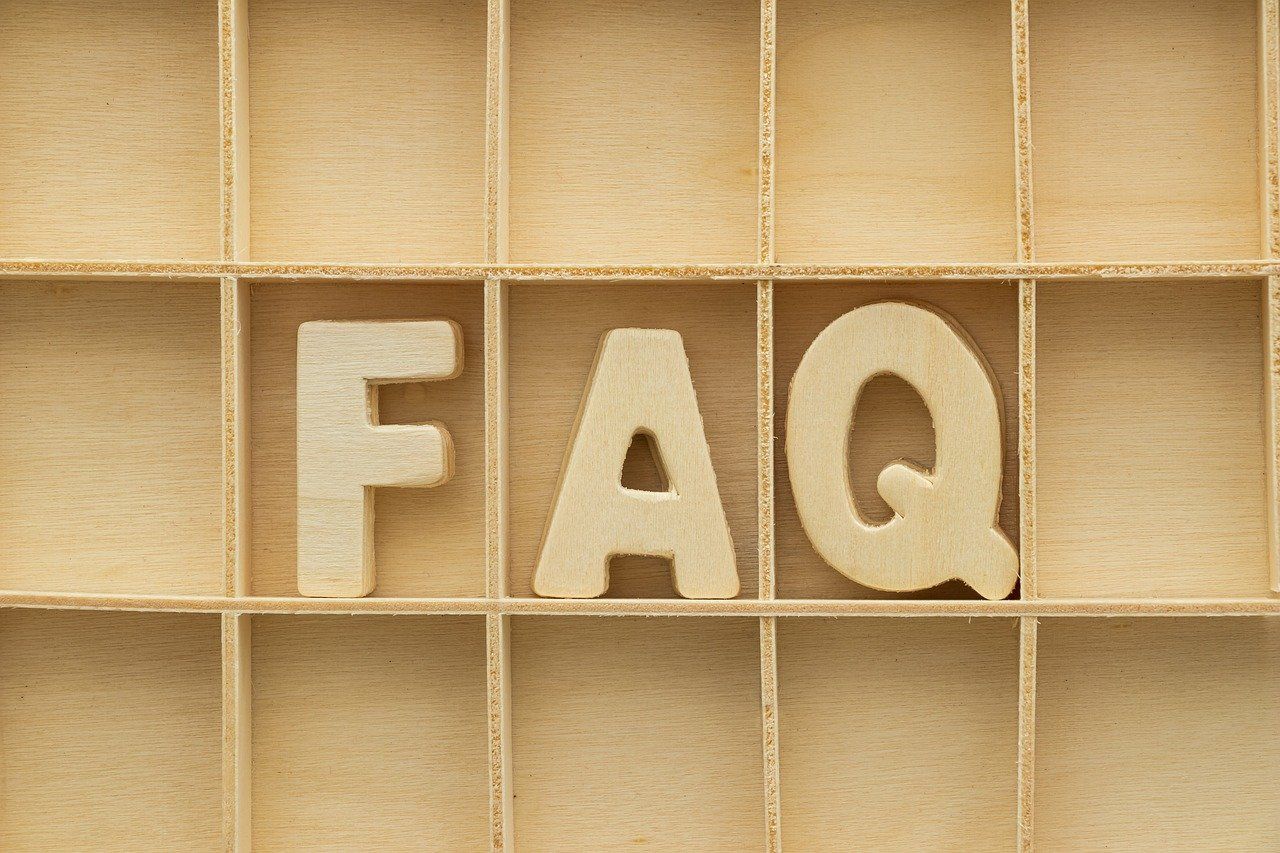Do you know what the EKB model is? If not, be sure to read this text! And if you already know it, check that you are using it to the maximum extent.
What is the EKB model?
The name of the EKB model comes from the first letters of the originators of this term - Engel, Kollat and Blackwell. In the late 1960s, they developed a theory according to which customer's shopping path consists of five stages:
- defining the need,
- looking for opportunities,
- assessment of available alternatives,
- buy,
- behavior after purchase.
As you can see, the EKB describes in a fairly simple way all stages of the purchasing process. Although this scheme is several dozen years old, it fits both ordinary reality and the world of online shopping. It is worth monitoring the client's path on an ongoing basis and performing marketing audit. Thanks to this, you can define individual steps and influence the customer's behavior on each of them. Each step of the model is explained below, along with some tips for entrepreneurs who want to use this knowledge more fully in practice.
Do you need support in defining the needs of your clients?
We have the right tools for that.
Defining the needs in the EKB model
The client's needs have remained the same for millennia. Despite this, marketers still manage to define and stimulate new ones. You may need it for this:
- market and opinion research, in which you will learn about the needs and problems of customers that are not yet known to the competition,
- lateral marketing, i.e. looking for new applications or customer groups for your product,
- Emotional brandingbecause by evoking emotions, you most effectively stimulate the customer to buy.
EKB model
Various kinds at this stage content marketing can be helpful too. Advertising, marketing content, entertainment and the world influencers interpenetrate more and more smoothly. The average time spent on Instagram is almost an hour a day, on YouTube - about 40 minutes a day. During this time, the client learns about new products, views and habits influencers, browsing reviews and photos - he can inspire himself to make a purchase.

Second step - looking for opportunities
Although it may seem that customers choose the products of the selected brands on the spot, in reality they are simply brands that they have had the opportunity to encounter frequently. Touchpoint theory says that a minimum of 5 or even 20 customer touchpoints are needed before the customer makes a purchase decision. Of course, if it is difficult to find your company's website or information about the offer, the customer will not think about making a purchase at all. If you provide him with many opportunities to meet the brand, he will remember you at the second stage of the EKB model. Content marketing is also very useful here. Clients often search for guides and rankings before making a decision. They want to know what the types, price ranges, functions of the items are. Only when they know what they are looking for (non-slip yoga mat, soybean scented candles up to PLN 50), they start comparing offers.
Assessment of available alternatives in the EKB model
With the enormous amount of alternatives available on the market, it becomes increasingly important customer experience, i.e. the customer's experience. The greatest people in the technology industry know it very well. More and more intuitive applications and simpler solutions are not a coincidence. According to the Temkin Group, companies earning over $ 1 billion annually after three years of investing in customer experience can expect an additional $ 700 million in revenue growth.
Many customers evaluate the available solutions quickly - the lack of payment options that interest them or an ugly interface disqualify the store and make the customer look further. Website developmenton which customers want to spend as much time as possible, caring for positive feedback in networks or the lowest prices - all this will give you an advantage in the third stage of the EKB model. They can appear at any time customer objectionswhich is natural at this stage of the process. Instead of treating them as a failure, it is worth preparing for them. Provide customers with e.g. guides and tutorials on Youtube or a section with frequently asked questions to dispel their doubts as they arise.

Purchase - the culmination of the customer's journey?
In the past, entrepreneurs blindly built offers. Today they know much more about how modern ones are going purchasing decisions. With an online store, you can follow the customer's decision step by step. You see, when customers abandon their baskets and what puts them off, so you can constantly improve this phase of the EKB model. If you sell using a landing page or any sales funnel, you also have access to this data. Track what sources the traffic comes from, which clicks on links result in a purchase and at what point the customer is most often discouraged. For example, just a few years ago, the necessity to make a transfer to the account number provided in the e-mail meant that customers made a purchase, but later often delayed or forgot about payment. The inclusion of fast internet banking in the website engine, and then the addition of the BLIK payment function means that after clicking "pay", practically no one gives up the purchase anymore. You can modify the client's path in many other ways. Sometimes it is enough to add a larger "buy" button to a page for customers to make decisions more easily. Other times, a number of interconnected details need to be changed, making the customer unsure what the store is trading, how to pay, etc.
The last stage of the EKB model: after the purchase
All steps of EKB models are intended to provide you sales support and finally: a new transaction. However, do not ignore what you have purchased! There are many possibilities and pitfalls here:
- According to the founder of Happy Returns, customers typically return 5-10 percent goods purchased in the store and even 15-40 percent. those they ordered online. Keep this percentage as low as possible by providing good-quality products, product photos and descriptions, as well as post-purchase support.
- By maintaining the relationship with your customer after the transaction, you can persuade them to buy in the future. Offer discounts, newsletters and special offers.
- The client can provide you with testimonials and positive feedback, and referral marketing is just experiencing its golden age.
- It is much easier to get an existing customer to buy than to get a new one.
At Commplace, we offer support at every stage of the EKB model so that you can maximize your profits.

